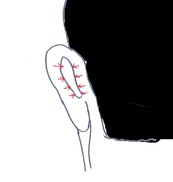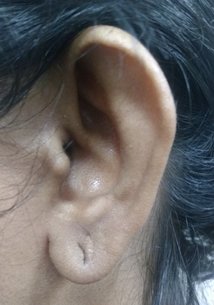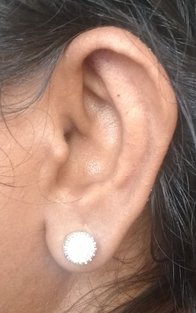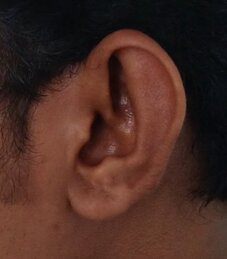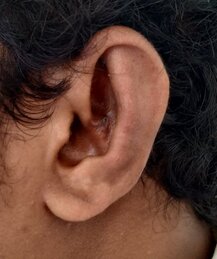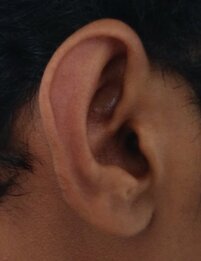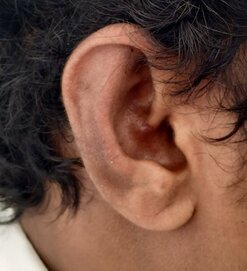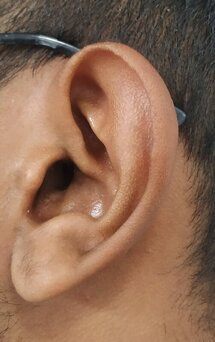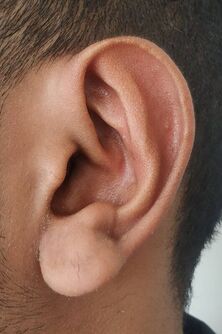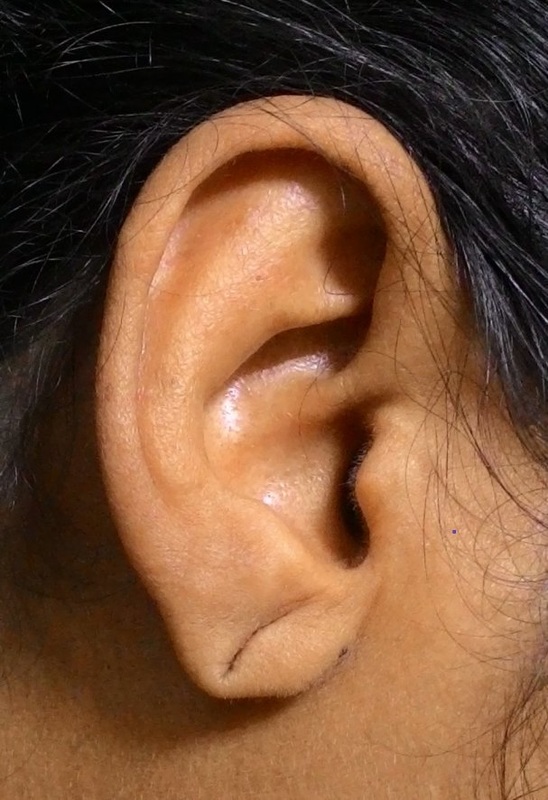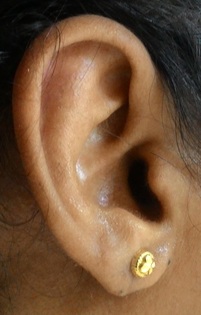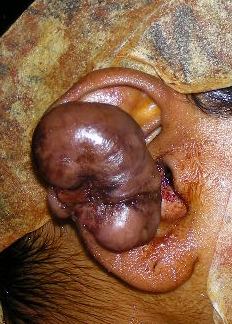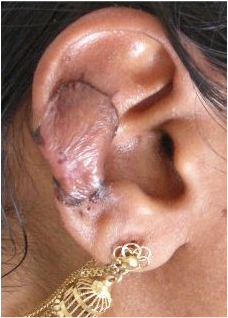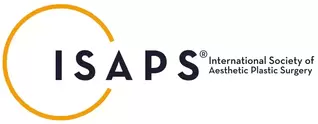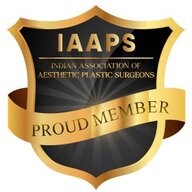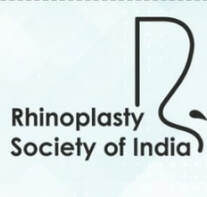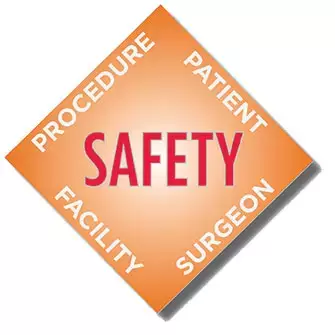EAR ( OTOPLASTY )
Otoplasty is the surgery of the external ear. It does not alter hearing. Ears can get affected due to changes as a result of abnormal development or due to injury. Abnormality in the shape of ears can result in feelings of embarrassment and low self-esteem.
Who can benefit from ear surgery (otoplasty)?
There are two sets of patients who undergo treatment for deformities of the ear. They are,
Who is a good candidate for otoplasty?
Among children they include,
What are the steps involved in undergoing cosmetic correction of ears?
These include,
Preoperative consultation: This helps us to understand your aesthetic goals. After examination of the ears, we would be able to inform you about the various treatment options, risks, and possible outcomes. Laboratory investigations will be ordered to assess the fitness to undergo anesthesia. Photographs would be taken as a part of your medical record. We shall also discuss the anesthesia for the procedure.
Procedure: The treatment is individualized based on the deformity and treatment goals. Children are given general anesthesia. Adults are treated either with general or local anesthesia. The incisions are placed such that they lie either behind the ear or in the creases of the ear.
Recovery: After surgery the operated site will be covered with dressings. It is important to retain the dressings as instructed. They help in obtaining a positive outcome. The sutures are removed between seven and fourteen days. Initially, there would be swelling at the operated site which gradually resolves to give rise to a changed appearance.
How costly is ear correction surgery?
It is a sum total of anesthesia charges, hospital charges, the cost of medications and investigations and surgeon fees.
Are there minor ( outpatient ) procedures on the ear?
Minor cosmetic surgery procedures include:
What is the non-surgical treatment for prominent scars in ears?
They include steroid injections repeated at regular intervals and silicone sheet application.
What are the benefits of undergoing otoplasty?
These include,
Who can benefit from ear surgery (otoplasty)?
There are two sets of patients who undergo treatment for deformities of the ear. They are,
- Children: They are affected by changes as a result of development. This can result in small or misshapen ears (microtia), alterations in the shape of the grooves and prominent looking ears.
- Adults: Those affected by trauma, burns or previous surgery.
Who is a good candidate for otoplasty?
Among children they include,
- Age greater than 6 years. By six years the size of ears reach approximately the adult dimensions. They are stronger and better withstand surgical manipulation.
- Children who can cooperate with the postoperative instructions.
- Otherwise healthy.
- Patients bothered about the appearance of the ear.
- Those with realistic expectations about the procedure.
- Otherwise in good health without any serious coexisting medical conditions.
- Persons who do not smoke.
What are the steps involved in undergoing cosmetic correction of ears?
These include,
Preoperative consultation: This helps us to understand your aesthetic goals. After examination of the ears, we would be able to inform you about the various treatment options, risks, and possible outcomes. Laboratory investigations will be ordered to assess the fitness to undergo anesthesia. Photographs would be taken as a part of your medical record. We shall also discuss the anesthesia for the procedure.
Procedure: The treatment is individualized based on the deformity and treatment goals. Children are given general anesthesia. Adults are treated either with general or local anesthesia. The incisions are placed such that they lie either behind the ear or in the creases of the ear.
Recovery: After surgery the operated site will be covered with dressings. It is important to retain the dressings as instructed. They help in obtaining a positive outcome. The sutures are removed between seven and fourteen days. Initially, there would be swelling at the operated site which gradually resolves to give rise to a changed appearance.
How costly is ear correction surgery?
It is a sum total of anesthesia charges, hospital charges, the cost of medications and investigations and surgeon fees.
Are there minor ( outpatient ) procedures on the ear?
Minor cosmetic surgery procedures include:
- Treatment of keloids. Keloids are prominent scars following injury. These can be managed conservatively or with surgical correction. Patients can return home soon after the procedure. To learn more about the management of keloids, click here.
- Repair of torn ear lobes or wide ear lobe apertures. These can be as a result of wearing heavy jewelry. We can repair them while retaining the site of the original aperture (hole). Light earrings can be worn after two weeks. To learn more about the treatment of split ear lobes, click here.
What is the non-surgical treatment for prominent scars in ears?
They include steroid injections repeated at regular intervals and silicone sheet application.
What are the benefits of undergoing otoplasty?
These include,
- It improves the balance of the facial profile.
- Improved self-esteem and confidence.
Related post:
Learn more about advantages of repair of split earlobes with a local flap.
Ear keloid managed with excision and split thickness skin grafting.

